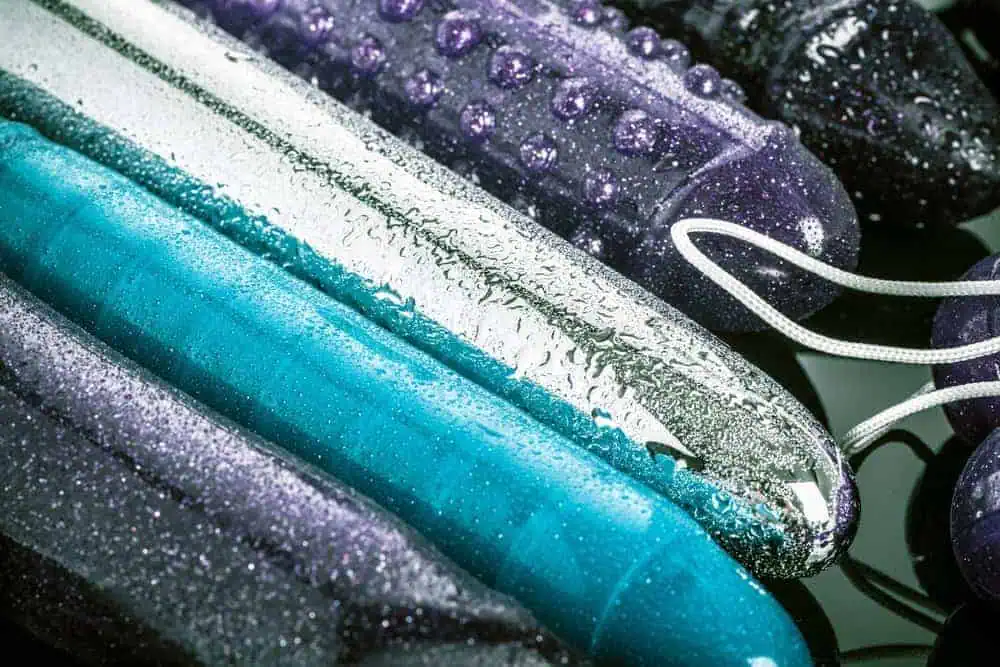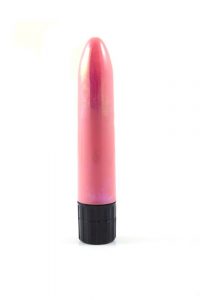
A Look at Common Sex Toy Materials
When you’re shopping for a fun, new adult toy have you ever paid attention to the description of each one? Some are made of silicone, others of TPE/TPR, and still others are made of something else entirely. What’s the difference? Which one is better? And how do you know which to buy?
It’s good to know what you’re putting on, in, or near your body before you buy an adult toy. Here’s a look at some of the most common materials used to make your favorite sex toys.
Silicone

Silicone sex toys last a long time and tend to be higher in price. When a manufacturer uses high-grade silicone, you can usually tell by how much it costs to buy. Silicone comes in a variety of colors and styles. Use a water-based lubricant as silicone lube and silicone toys don’t mix well. Contrary to a common myth, yes, you can store your silicone sex toys together.
Hard Plastic or ABS Plastic

ABS plastic is more durable than some other materials so your toys will last longer without costing quite as much as high-end silicone toys. If your toy contains a mix of ABS plastic and other porous materials, sterilization cannot be guaranteed. When you’re not sure you can prevent bacteria growth or get a toy completely clean, putting a condom over it when you play is a good idea. You can use any kind of lube with ABS plastic.
Soft Plastics aka TPE/TPR

You can’t completely sterilize a soft plastic sex toy. If you’re the only one playing with it, this shouldn’t be a problem as long as you keep it clean with soap and water and store it properly. But if you decide to share it, use a condom. Also, only use water-based lubricant with soft plastic toys. Check these softer toys for tears, dark spots, or odors. Once you detect any of these things, it’s time to throw it out and get a new one.
Jelly Rubber

Because of the soft material and chemicals used to make jelly, you need to store any toys made of this material in a cool, dark place. Do not store one jelly toy with another as the chemicals can react to each other negatively. Only use water-based lubricant with a jelly toy and discontinue use if your skin becomes irritated. Not everyone reacts badly to jelly toys but some people do. Like TPR/TPE, if you detect odors, colors, or tears, throw your toy away.
Other Materials
While silicone, hard plastic, soft plastic, and jelly are some of the most common materials used to make adult toys, they’re not the only options. Wood, metal, and glass make excellent penetrative toys like dildos or anal plugs. Look for wood toys treated with a body-safe finish. Stainless-steel toys can easily be sterilized in boiling water. Glass is safe and great for sensation play. You can even purchase ceramic sex toys but make sure it’s glazed and kiln-fired – if it is, it will be non-porous.
Conclusion
Adult toys are meant to be fun for a few orgasms or to kink up your life. They also need to be safe for your body and the way you intend to play. Understanding the different materials used to make sex toys will help you make decisions that are right for you. Always check the materials used in a sex toy and buy what will be best for your body.

